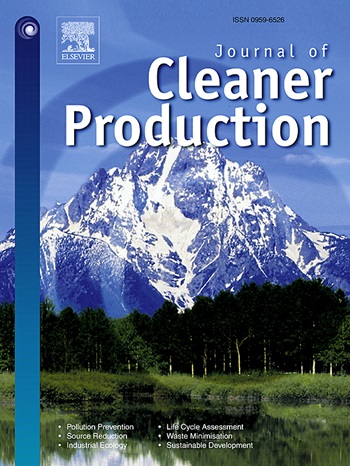Implementing circular business models in linear economic systems: The case of a new venture addressing the embeddedness paradox
IF 9.7
1区 环境科学与生态学
Q1 ENGINEERING, ENVIRONMENTAL
引用次数: 0
Abstract
Circular business models (CBMs) operate within predominantly linear economic systems which creates a ‘paradox of embeddedness’. That is, paradoxically the processes and ties that create a fit with the linear environment – necessary to implement a CBM and shift the system towards circularity – can reduce the organization’s ability to innovate to achieve circularity. Based on a three-year longitudinal case study of a new venture implementing a circular product-as-a-service (PaaS) model, this paper examines how such businesses navigate this paradox. Our findings reveal their simultaneous use of embedding (partnering with producers to secure resources and promote circularity) and dis-embedding (developing a circular product independently to reduce dependence and inertial forces and avoid mission drift). We show that ventures harness the benefits of embedding and dis-embedding to address the financial and inertial barriers to implementing CBMs. Our findings contribute to the literature by (1) showing how the strategy of combining embedding and dis-embedding enables navigation of the embeddedness paradox, (2) providing a more dynamic account of ways to tackle the barriers to implement CBMs, and (3) enhancing our understanding of the part played by CBMs in new ventures in driving the circular transition.求助全文
约1分钟内获得全文
求助全文
来源期刊

Journal of Cleaner Production
环境科学-工程:环境
CiteScore
20.40
自引率
9.00%
发文量
4720
审稿时长
111 days
期刊介绍:
The Journal of Cleaner Production is an international, transdisciplinary journal that addresses and discusses theoretical and practical Cleaner Production, Environmental, and Sustainability issues. It aims to help societies become more sustainable by focusing on the concept of 'Cleaner Production', which aims at preventing waste production and increasing efficiencies in energy, water, resources, and human capital use. The journal serves as a platform for corporations, governments, education institutions, regions, and societies to engage in discussions and research related to Cleaner Production, environmental, and sustainability practices.
 求助内容:
求助内容: 应助结果提醒方式:
应助结果提醒方式:


